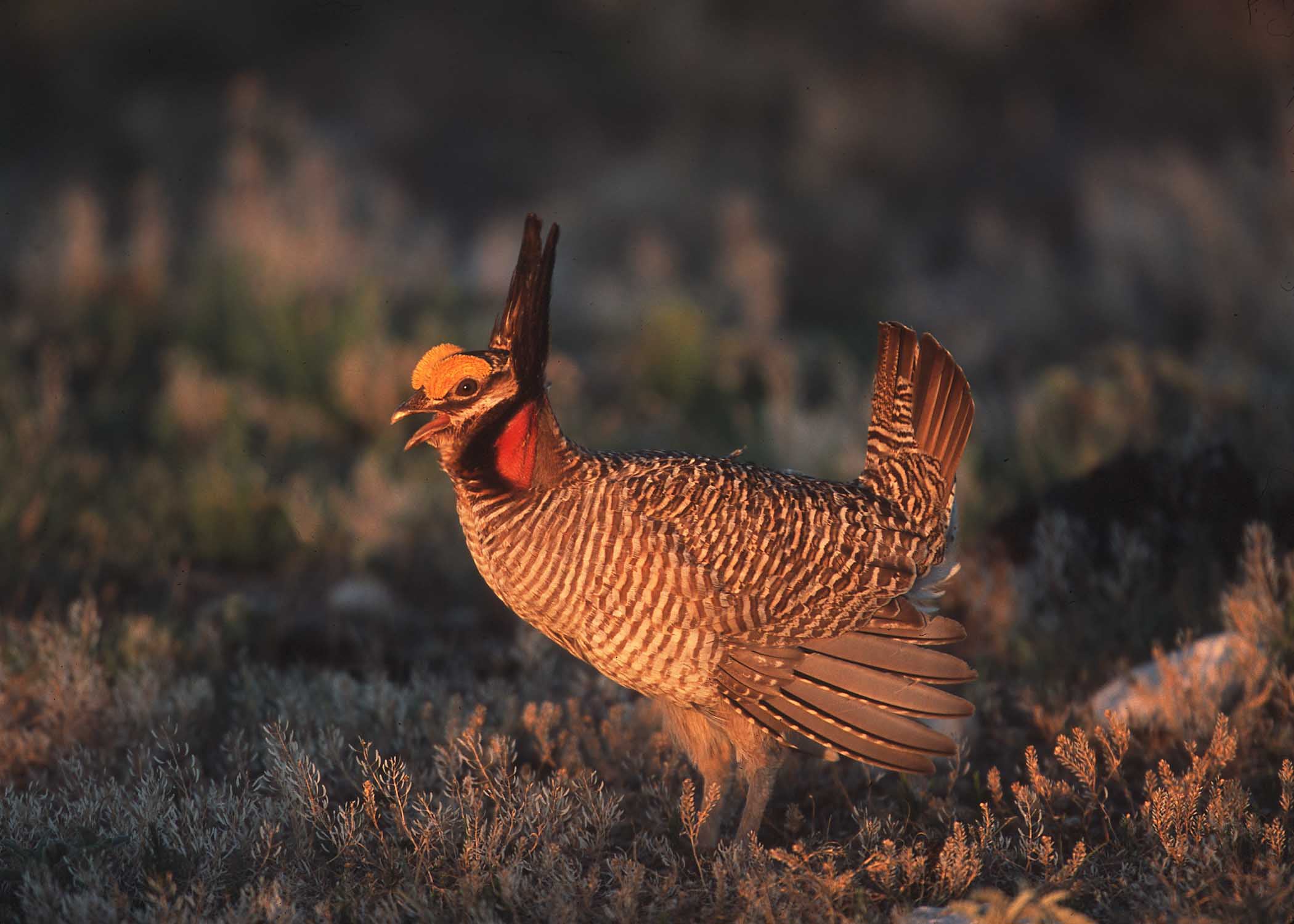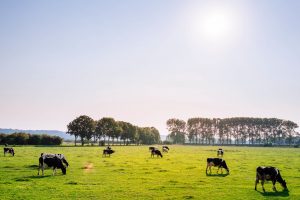 The White House Council on Environmental Quality (CEQ) recently released an intriguing report on how the United States can transition to a low-carbon economy by 2050 while continuing economic growth. The report gives a starring role in this job to agricultural lands.
The White House Council on Environmental Quality (CEQ) recently released an intriguing report on how the United States can transition to a low-carbon economy by 2050 while continuing economic growth. The report gives a starring role in this job to agricultural lands.
“Mid-Century Strategy for Deep Decarbonization” outlines a 3-pronged strategy for reducing greenhouse gas emissions by 80 percent while accelerating job-creating innovation. Calling each strategy “critical,” CEQ first lists the familiar call to transition to renewable and low carbon forms of energy.
The second key strategy, however, is less often discussed: the potential of cropland and grassland soils, as well as forests, to store and sequester hundreds of millions of tons of CO2 annually. The report – informed by decades of scientific research – describes the opportunities to explore in this area. Read More










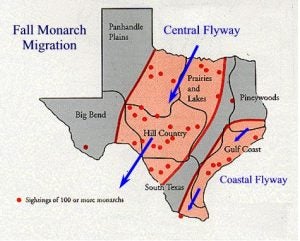

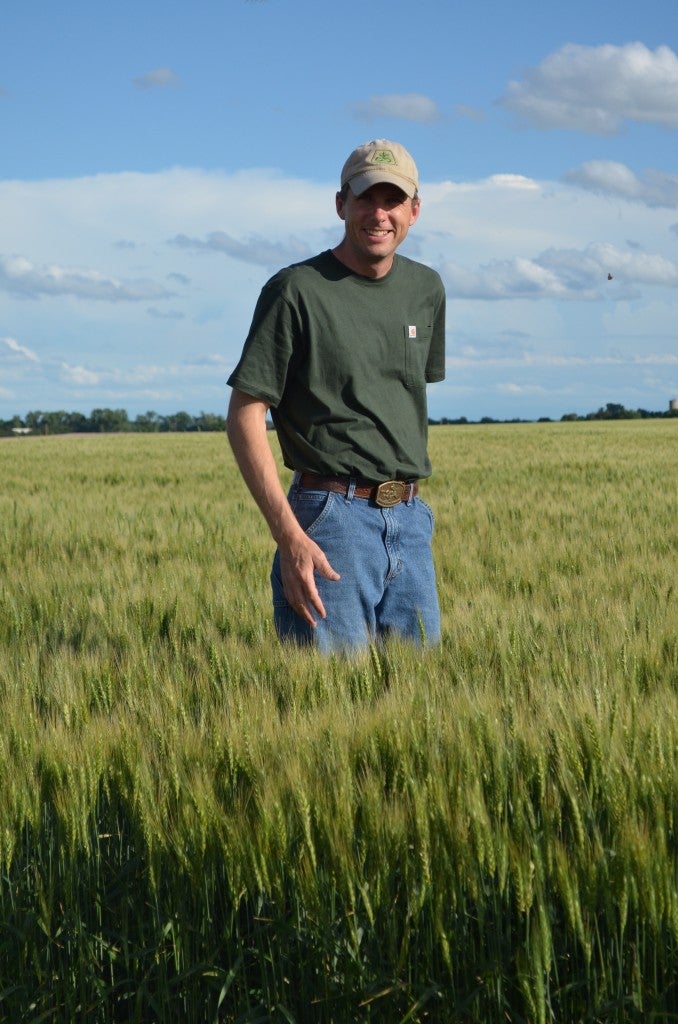 I first met Justin Knopf at a meeting in DC about five years ago. At 6’3”, he definitely stood out, but not just physically. He openly conveyed how important his family and his land are – the reason he cares so much about making sure his Kansas farming operation can live on is for his children. It’s rare to meet someone so articulate, sincere and committed to sustainability.
I first met Justin Knopf at a meeting in DC about five years ago. At 6’3”, he definitely stood out, but not just physically. He openly conveyed how important his family and his land are – the reason he cares so much about making sure his Kansas farming operation can live on is for his children. It’s rare to meet someone so articulate, sincere and committed to sustainability.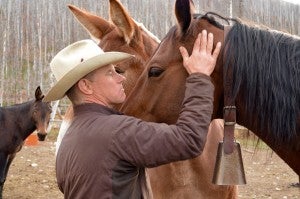
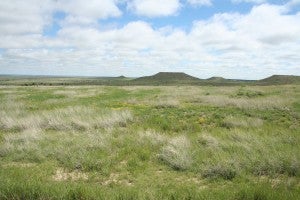
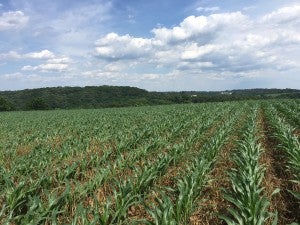
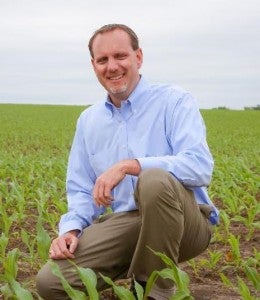
 In order for the agriculture sector to deliver on the growing demand for sustainable grain and participate in emerging carbon markets, growers need a way to demonstrate that their management practices are benefiting the environment.
In order for the agriculture sector to deliver on the growing demand for sustainable grain and participate in emerging carbon markets, growers need a way to demonstrate that their management practices are benefiting the environment.